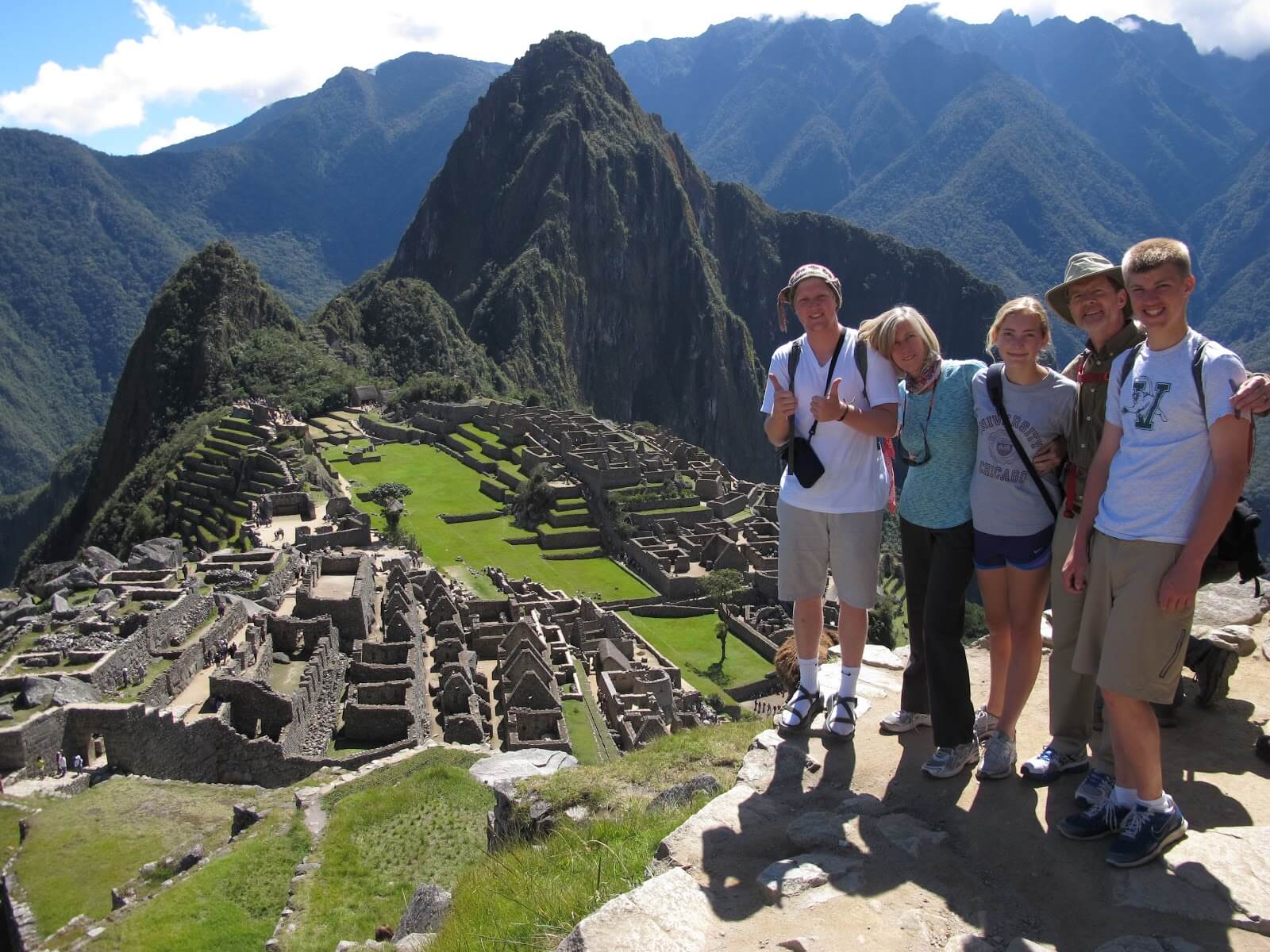Exploring Machu Picchu: 10 Best Things to Do in Peru’s Iconic Citadel
Exploring the Marvels of Machu Picchu: 10 Best Things to Do in Peru’s Iconic Citadel
visit to MachuPicchu, nestled high in the Andes Mountains of Peru, is a UNESCO World Heritage Site and one of the New Seven Wonders of the World. This ancient Incan citadel, built in the 15th century, continues to captivate visitors with its stunning architecture, breathtaking landscapes, and rich history. If you’re planning a trip to Machu Picchu, here are the 10 best things to do to ensure an unforgettable experience.

- Witness the Sunrise from Inti Punku (Sun Gate): Begin your Machu Picchu adventure with a hike to Inti Punku, also known as the Sun Gate. This vantage point offers a panoramic view of the citadel, and watching the sunrise over the ancient ruins is a magical experience. The soft hues of dawn gradually reveal the intricate stonework and terraces below, creating a scene that’s both serene and awe-inspiring.
- Explore the Main Plaza and Temples: Once inside Machu Picchu, head to the Main Plaza where you’ll find the heart of the citadel. Explore the temples dedicated to various Incan deities, including the Temple of the Sun, Temple of the Three Windows, and the Room of the Three Doorways. Marvel at the precision with which these structures were built, showcasing the advanced engineering skills of the ancient Inca civilization.
- Climb Huayna Picchu or Machu Picchu Mountain: For a more adventurous experience, consider climbing either Huayna Picchu or Machu Picchu Mountain. These towering peaks offer spectacular views of the citadel and its surrounding landscapes. Keep in mind that access to these mountains is limited, so it’s advisable to secure permits in advance.
- Visit the Inca Bridge: Embark on a short hike to the Inca Bridge, a fascinating engineering marvel that showcases the strategic military architecture of the Incas. The trail provides breathtaking views of the rugged terrain and plunging cliffs. The Inca Bridge itself is a testament to the Incan ingenuity in creating hidden pathways for defense purposes.
- Discover the Agricultural Sector: Machu Picchu’s agricultural terraces are a testament to the Inca’s mastery of farming in challenging mountainous terrain. Explore the agricultural sector to learn about the sophisticated irrigation system that allowed the Incas to cultivate a variety of crops, showcasing their sustainable and innovative agricultural practices.
- Take a Stroll to the Royal Tomb: Delve into the religious and ceremonial aspects of Machu Picchu by visiting the Royal Tomb. This site is believed to have been a sacred area for the Inca elite. Admire the intricate stonework and gain insights into the spiritual practices of the ancient inhabitants.
- Participate in a Guided Tour: To gain a deeper understanding of Machu Picchu’s history and significance, consider hiring a knowledgeable guide. Guided tours provide valuable insights into the cultural, architectural, and historical aspects of the citadel, enhancing your overall appreciation of this archaeological wonder.
- Experience the Temple of the Condor: Marvel at the unique rock formation in the Temple of the Condor, which resembles the outstretched wings of a condor in flight. This symbolic representation holds cultural significance in Incan mythology, offering a glimpse into the spiritual beliefs of the ancient civilization.
- Enjoy a Leisurely Walk on the Inca Trail: While the classic Inca Trail requires a multi-day trek, the site itself offers a network of paths and trails for visitors. Take a leisurely walk along these routes to appreciate the diverse flora and fauna surrounding Machu Picchu. The lush cloud forest and the chirping of birds provide a serene backdrop to your exploration.
- Immerse Yourself in the Museum and Visitor Center: Before concluding your Machu Picchu journey, visit the on-site museum and visitor center. Here, you can delve deeper into the history and significance of the citadel through exhibits and displays. Gain insights into the archaeological discoveries and ongoing conservation efforts that contribute to preserving this cultural treasure.
The some things to do when visiting MachuPicchu
- Explore the Lost City of the Incas: Wander through the ancient ruins, marvel at the impressive architecture, and immerse yourself in the history of Machu Picchu. Don’t miss the iconic structures like the Temple of the Sun, Intihuatana, and the Room of the Three Windows.
- Watch the Sunrise or Sunset: Experience the magical sunrise or sunset over Machu Picchu. The soft light and changing colors create a serene atmosphere that enhances the beauty of the site.
- Museum and Artifacts: Visit the on-site museum, Museo Manuel Chávez Ballón, to see artifacts discovered during excavations and learn more about the history of Machu Picchu.
- Bird Watching: MachuPicchu is home to a variety of bird species. Birdwatchers will appreciate the opportunity to spot Andean condors, hummingbirds, and other unique species in this stunning natural setting.
- Take the Train to Aguas Calientes: Enjoy a scenic train ride from Cusco or Ollantaytambo to Aguas Calientes, the town at the base of Machu Picchu. The journey itself offers breathtaking views of the Andean landscape.

visit to MachuPicchu stands as a testament to the ingenuity and advanced civilization of the Inca people. Exploring this iconic site offers a unique blend of history, archaeology, and breathtaking natural beauty. Whether you’re an adventure seeker, history enthusiast, or nature lover, Machu Picchu has something to offer for everyone. Make the most of your visit by immersing yourself in the rich tapestry of experiences that this ancient citadel provides.
CONTACT US:
We are a Travel Agency specialized in tourist packages, if you need any information, do not hesitate to write to us.
We offer tours in Peru and Bolivia.





